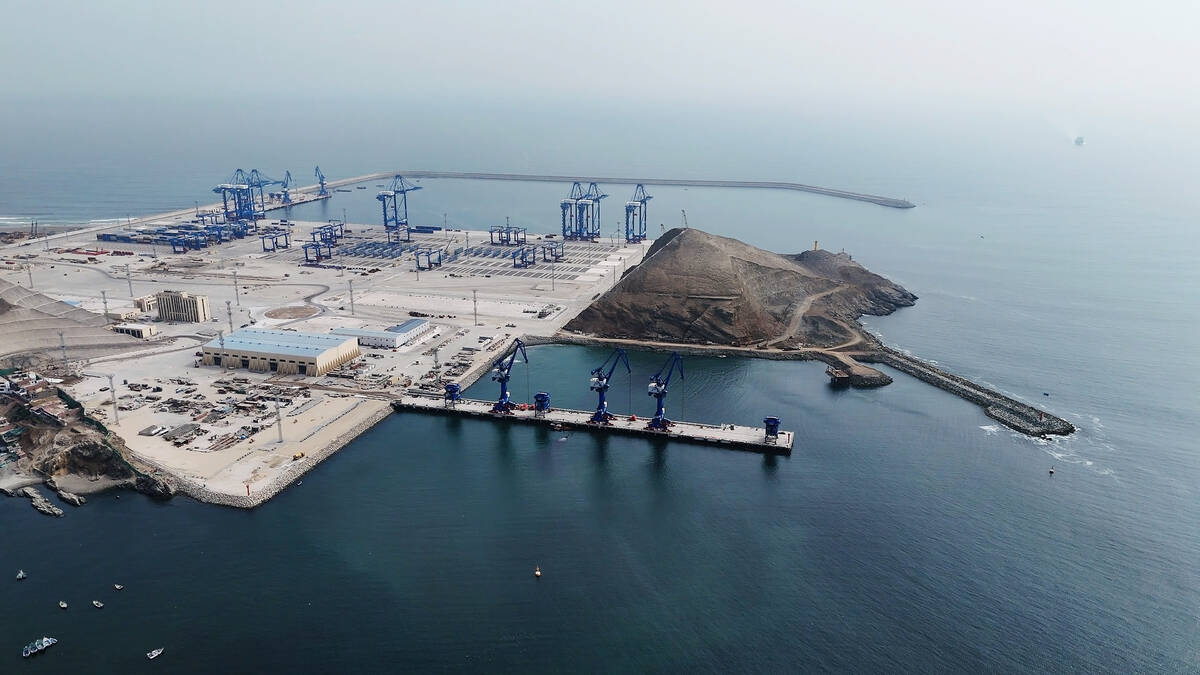Facility makes a bottled biogas for heating and cooking
KISERIAN, Kenya (Thomson Reuters Foundation) — Maasai pastoralists in Kenya have found an innovative way to generate biogas: using animal blood and waste from a slaughterhouse.
The Keekonyokie facility in Kajiado County uses the gas it produces to generate electricity that powers the meat cold room and processing equipment. It also pipes the gas to local hotels, while the slurry becomes fertilizer for grazing pastures.
The Maasai now hope to take the project a step further and become the first group in the country to package the alternative fuel into cylinders and make it mobile.
Read Also

Geopolitics can change trade routes
WHISTLER, B.C. — Today’s geopolitical tensions could have dire long-term consequences, says the director of international policy at the University…
Project leader Michael Kibue said the 320 pastoralists anticipate that they will be selling their Keeko Biogas in six kilogram cylinders by March. Each should cost around $9, which is half the cost of conventional liquefied petroleum gas.
The slaughterhouse can afford to sell its biogas so cheaply because, with an average 120 cows and 400 sheep and goats slaughtered daily, “raw input is assured and at zero cost,” said Kibue.
Even the process of pumping the gas into cylinders costs nothing, he added, because it’s powered by the slaughterhouse’s own biogas.
The fuel is also hotter than liquefied petroleum gas “and it is highly combustible, so it allows you to cook faster,” said Erastus Gatebe of the Kenya Industrial Research and Development Institute (KIRDI), which provides technical support on the Keeko Biogas project. Gatebe said biogas can be as much as 30 to 40 percent more energy efficient than propane or butane.
Before it started producing biogas in 2005, the Keekonyokie plant spent almost $500 a week on waste disposal to meet standards set by the National Environmental Management Authority.
Generating fuel from its waste and selling what biogas it doesn’t need has allowed the slaughterhouse to expand its revenue sources beyond the sale of meat.
The facility, which sits on four acres of land, is capable of generating enough biogas in a day to fill one 100, six kg cylinders. Gatebe said it will be able to generate three times that amount if the slaughterhouse upgrades its facilities with secondary biogas digesters.
The Kenya Climate Innovation Centre, a World Bank initiative, is providing funding to help with the upgrade.
Kapunei Ole Tunda, chair of the Keekonyokie slaughterhouse, sees environmental as well as economic benefits to selling biogas in cylinders. He believes the venture could help save the trees in and around Maasai villages.
“We cut down a lot of trees for charcoal and we hope to reduce that, since they keep our air clean,” he said.
Kibue said buyers have already begun making enquiries about the cylinders of Keeko Biogas. Two women’s groups have expressed interest in the product, including one in Nairobi’s Kibera slum, which makes yogurt and wants to cut its energy expenses.
John Maina, the principal renewable energy officer at Kenya’s Ministry of Energy and Petroleum, said the government supports ventures such as Keeko Biogas, which reduce the amount of methane escaping into the atmosphere.
Methane, which is the gas released when animal waste decays, is 30 times more potent than carbon dioxide in producing climate change, according to the journal Nature.
India has already seen success in packaging biogas into cylinders. A recent report by India’s Ministry of New and Renewable Energy said 11 projects have been commissioned and licensed to package biogas into compressed natural gas cylinders.
India’s bottled biogas is supplied to hotels and companies for cooking and heating.
Biogas use in Kenya is currently small, according to a 2010 report by the Kenya Institute for Public Policy Research and Analysis.
However, the United Nations’ Environment Programme says the country spends $900 million a year on off-grid lighting, and fuel-based light sources in the country are responsible for more than 2.3 million tons of carbon dioxide emissions per year.














